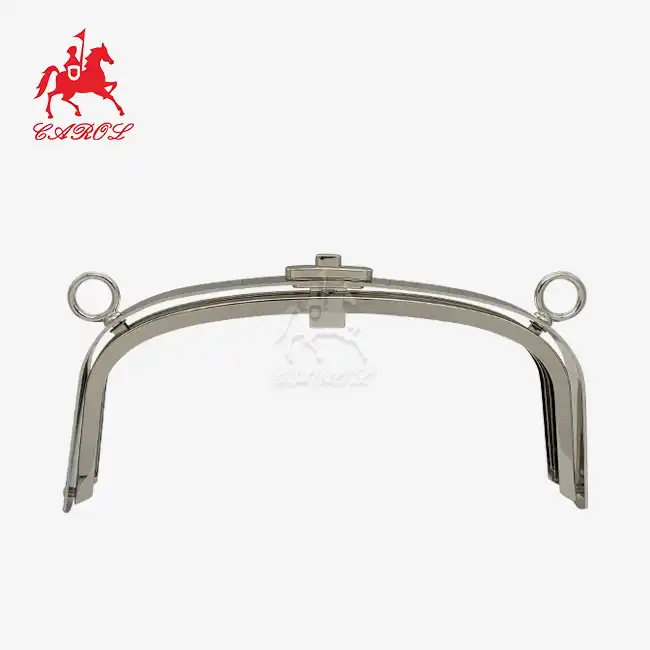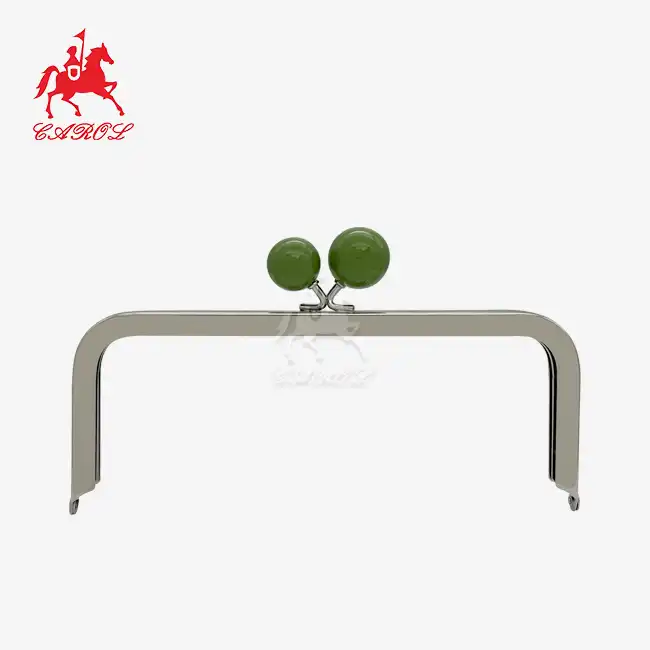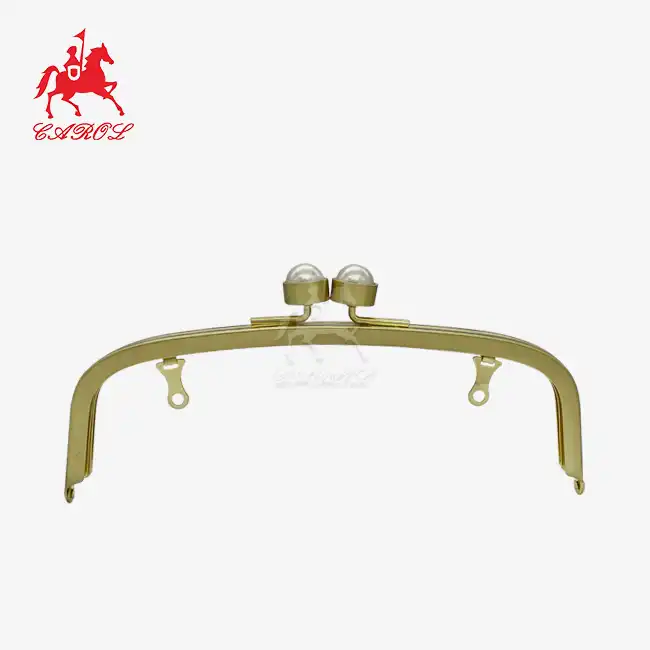What are the pros and cons of having an internal frame backpack or an external frame backpack on long hikes?
Long hikes, whether multi-day backpacking trips through mountain ranges or extended day hikes covering 10+ miles, demand a backpack that balances comfort, functionality, and durability. Two dominant designs dominate the market: internal metal frame backpacks (with rigid structures hidden within the pack's fabric) and external frame backpacks (with visible metal or composite frames supporting the pack). Each design evolved to address specific outdoor needs, but their strengths and weaknesses become pronounced during long hikes, where small inefficiencies or discomforts compound over hours or days.
Comfort and Weight Distribution: A Foundation for Long-Hike Sustainability
Comfort is non-negotiable on long hikes, as even minor discomfort (e.g., shoulder strain, back sweat) can escalate into fatigue or injury. Weight distribution, how the pack transfers load across the body, directly drives comfort, with optimal designs shifting weight from the shoulders (a fragile, small-weight-bearing area) to the hips (a robust, large-muscle region). Internal and external frame backpacks approach this challenge differently, leading to distinct pros and cons.
Internal Frame Packs: Close Fit and Targeted Weight Transfer
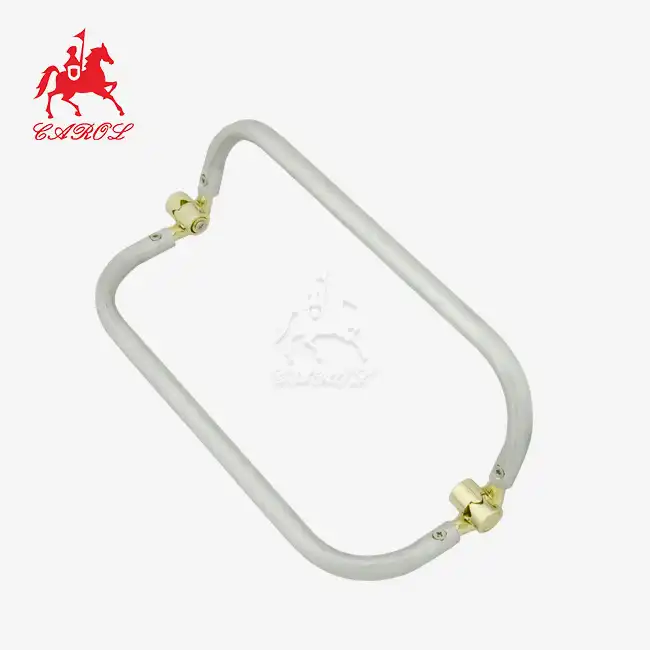
Pros: Internal metal frame packs excel at creating a close, body-hugging fit. Their hidden frames (typically made of lightweight aluminum or carbon fiber) contour to the user's back, minimizing gaps between the pack and torso. This close fit allows for precise weight transfer: adjustable hip belts (padded and shaped to fit the iliac crests) and shoulder straps work in tandem to shift 70–80% of the load to the hips. For long hikes, this reduces shoulder strain and lower back fatigue, key factors in maintaining pace. A 2021 study in the Journal of Sports Science & Medicine found that hikers using internal frame packs for 12-hour days reported 34% less shoulder pain than those with ill-fitting packs. Additionally, the close fit eliminates “pack sway” (side-to-side movement of the pack), which reduces energy waste and muscle tension over time.
Cons: The body-hugging design comes with a tradeoff: reduced ventilation. The pack's fabric sits directly against the back, trapping heat and moisture. This leads to “back sweat”, a common complaint during warm-weather hikes, which can cause chafing or skin irritation over hours. Internal frame packs also have lower load limits: most are designed for 20–35 pounds (9–16 kg) of gear. Exceeding this limit can cause the frame to bend slightly, disrupting weight distribution and increasing discomfort. For hikers carrying heavy gear (e.g., winter camping supplies, multi-week food rations), this limitation becomes a significant drawback.
External Frame Packs: Ventilation and High Load Tolerance
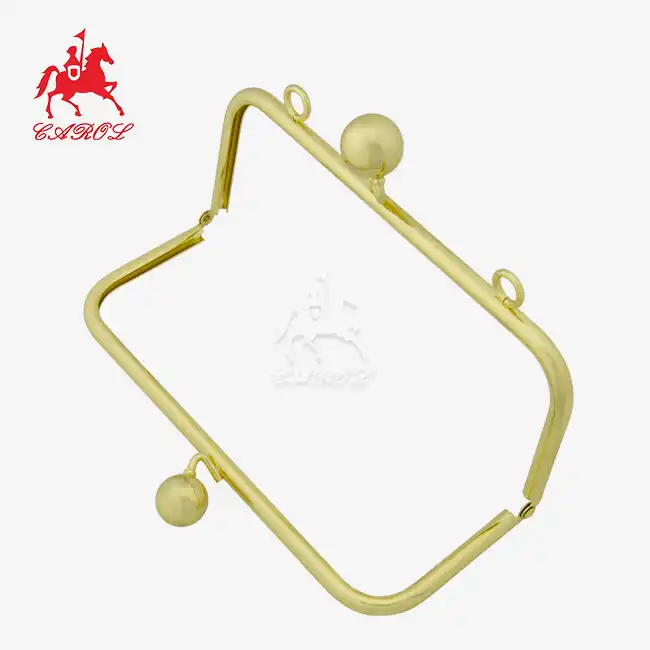
Pros: External frame packs solve the ventilation issue with a defining feature: a gap between the frame and the user's back. This gap allows air to circulate freely, keeping the back cool and dry even during strenuous hikes in hot weather. A 2019 survey by the Outdoor Industry Association found that 78% of hikers using external frame packs in temperatures above 75°F (24°C) reported “minimal back sweat,” compared to 22% of internal frame users. External frames also have far higher load capacities: most can handle 40–60 pounds (18–27 kg) comfortably, with heavy-duty models supporting up to 80 pounds (36 kg). The rigid external frame maintains its shape under heavy loads, ensuring consistent weight distribution to the hips. This makes them ideal for hikers carrying bulky or heavy gear, such as child carriers (many external frames are compatible with child seats) or expedition-style supplies.
Cons: The rigid frame and open design create two major drawbacks: poor maneuverability and pack sway. The external frame extends beyond the body, making it harder to navigate tight spaces (e.g., dense forests, narrow trails). Hikers often need to turn sideways to pass through narrow gaps, adding time and frustration. Additionally, the gap between the frame and back allows for more pack movement: during steep climbs or descents, the pack can shift forward or backward, throwing off balance and increasing muscle fatigue. A 2020 study in Wilderness & Environmental Medicine noted that hikers with external frame packs used 15% more energy to maintain balance on uneven terrain compared to internal frame users.
While comfort and weight distribution set the baseline for a successful long hike, the ability to adapt to diverse terrain, from steep inclines to rocky descents, separates functional packs from frustrating ones. Terrain adaptability and load stability become critical when the trail demands quick movements or precise balance, and here, internal and external frame packs again reveal distinct strengths and weaknesses.
Terrain Adaptability and Load Stability
Long hikes rarely follow flat, smooth trails. They often involve a mix of steep climbs, rocky paths, muddy sections, and even off-trail navigation. In these dynamic environments, a pack's ability to stay stable (without shifting gear) and adapt to the body's movements (without restricting mobility) directly impacts safety and efficiency. Internal and external frame packs perform differently in these scenarios, with tradeoffs between flexibility and rigidity.
Internal Frame Packs: Flexibility and Terrain Maneuverability
Pros: Internal metal frame packs are designed for flexibility, making them highly adaptable to varied terrain. The hidden frame is lightweight and slightly flexible, allowing the pack to move with the body during dynamic movements (e.g., climbing over boulders, stepping over fallen logs). This flexibility reduces restriction; hikers can bend at the waist, twist, and reach without the pack pulling against them. For steep inclines, the close body fit keeps the pack's center of gravity low and close to the torso, preventing it from pulling the hiker backward. On descents, the same close fit keeps the pack from shifting forward and putting excessive pressure on the knees. A 2022 study by the American Hiking Society found that internal frame users were 28% faster at navigating a 5-mile trail with steep climbs and rocky sections compared to external frame users, due to improved maneuverability.
Cons: The flexibility that aids maneuverability becomes a weakness under heavy or unbalanced loads. If gear is packed unevenly (e.g., a heavy tent on one side), the internal frame can flex, causing the pack to tilt. This tilt disrupts balance and increases strain on one side of the body, an issue that worsens over long hikes. Additionally, the close fit limits airflow, which can be a problem in cold, wet terrain: trapped moisture can lead to hypothermia if the hiker stops moving for extended periods. Internal frame packs also offer fewer external attachment points for gear like trekking poles or ice axes, which can be inconvenient for hikers needing quick access to terrain-specific tools.

External Frame Packs: Rigidity and Load Stability
Pros: The rigid external frame is a strength for load stability. Unlike internal frames, external frames do not flex under uneven loads; they keep gear aligned and balanced, even if packed imperfectly. This stability is critical for hikers carrying bulky items (e.g., a large sleeping bag, a 5-gallon water container) that are hard to position evenly. The external frame also provides ample attachment points: most models have metal loops or rails for securing trekking poles, ice axes, or camp chairs. This allows hikers to keep essential gear within reach, reducing the need to rummage through the pack during stops. For long hikes with frequent gear adjustments (e.g., adding layers during cold descents), these attachment points save time and energy.
Cons: Rigidity comes at the cost of maneuverability. The external frame's fixed shape makes it hard to move through tight terrain; hikers often get caught on branches or rocks or struggle to fit through narrow gaps between trees. The frame's height (many external frames extend above the user's shoulders) can also be a problem in low-hanging vegetation, leading to snags that slow progress. Additionally, the gap between the frame and back increases pack sway on uneven terrain: during sidehill hiking (walking along a slope), the pack can shift downhill, pulling the hiker toward the edge. This shift requires constant correction, which fatigues the core muscles over hours of hiking.
Terrain adaptability ensures hikers can navigate challenges, but efficient gear management, storing enough supplies, and accessing them quickly, keeps long hikes on track.
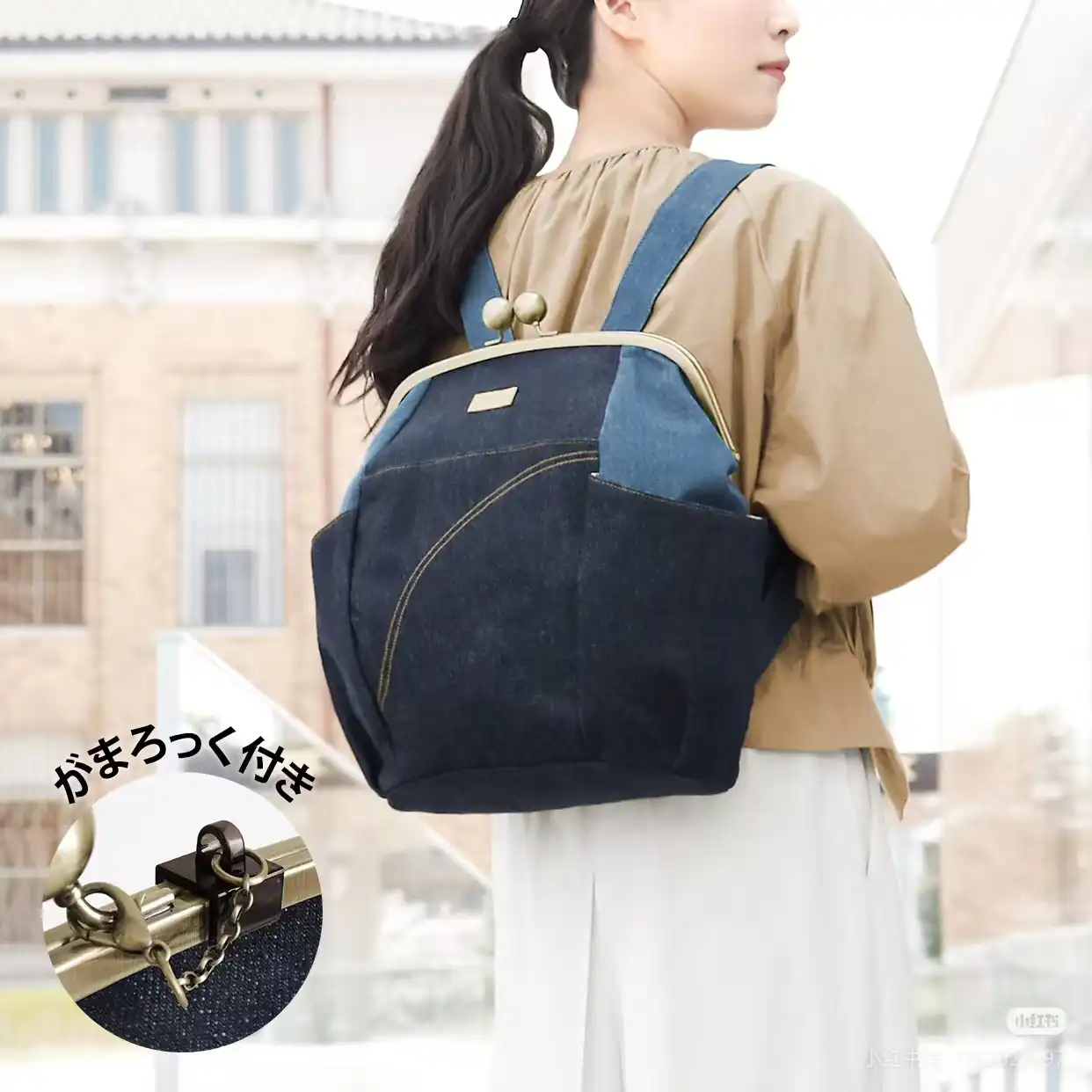
Supplier: Carol
Carol, a professional with a background in hardware accessories and metal frames for handbags, leathers, and luggage, brings years of experience in product manufacturing, sales, and design to the table.
Carol's advantages include:
In-house electroplating facility for comprehensive service from design to production and packaging
Products with excellent appearance, environmentally friendly materials, and durability
High-quality after-sales service
OEM/ODM brand processing capabilities
Various certifications and honors in the industry
To explore Carol's range of metal frames for backpacks or discuss custom options for your hiking needs, don't hesitate to reach out. Contact Tony at tony@carolxiao.com.
_1753256285958.png)

_1754990596544.webp)
